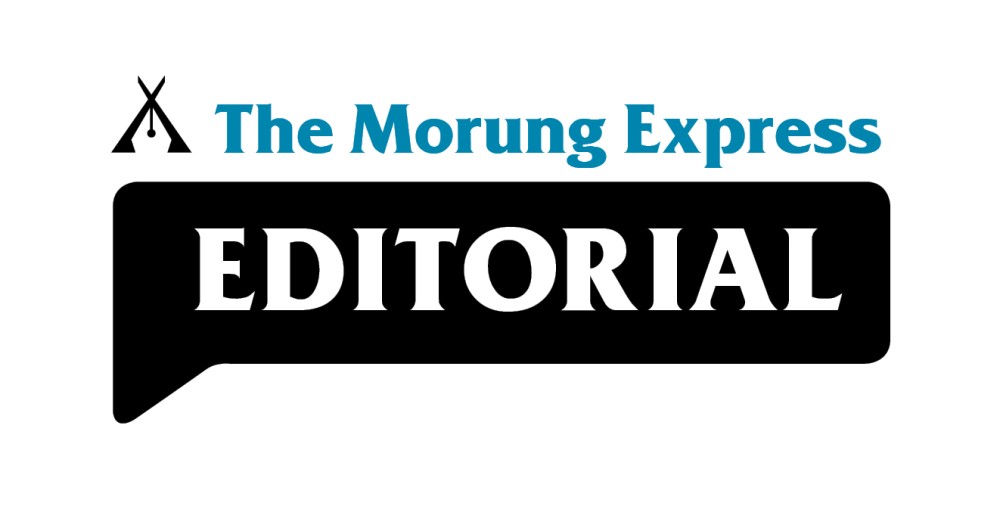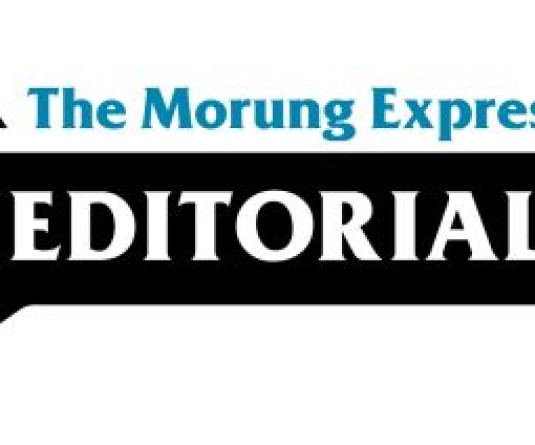
By - Moa Jamir
As Nagaland transitions into 2025, the year 2024 will undoubtedly be remembered as a turning point, marked by historic milestones and persistent challenges. The long-awaited Urban Local Body (ULB) elections, with the landmark inclusion of 33% women’s reservation, heralded progress in gender representation. Yet, the pervasive stalemates—whether in the unresolved Naga political issue, infrastructural stagnation, or the fallout of natural calamities—underscore the pressing need for a concerted push toward renewal and rebuilding.
2024 exposed the cracks in the State's foundation, both metaphorically and literally. Natural calamities like landslides and flooding not only disrupted normalcy but also highlighted the vulnerabilities of Nagaland’s infrastructure. The tragic events on the critical NH-29 and the continuous delays in road projects amplify the urgency of addressing infrastructural bottlenecks. It is imperative that 2025 sees a shift from mere damage control to proactive planning and resilient construction, with ardent supervision from those at helm of affairs.
On the political front, the stalemate in the protracted Naga political issue continues to weigh heavily on the State’s development trajectory. While 2024 saw renewed rhetoric, tangible progress remained elusive. Leadership tussles within various Naga Political Groups (NPGs) further deepened internal divisions, leaving the people disillusioned. A renewed push is essential on this front, not merely driven by political necessity, but through a holistic approach.
The shadow of unemployment looms large over Nagaland, as reflected in the alarming surge in unemployment rates revealed by the latest Periodic Labour Force Survey. The educated youth, in particular, remain disproportionately affected. Addressing this crisis requires a multi-faceted, State-centric approach, rather than simply replicating practices from elsewhere.
The historic win of 102 women candidates in the ULB elections signals a progressive shift towards greater inclusivity. However, the momentum must be maintained. Capacity-building initiatives for women leaders and increased representation at other governance levels can foster a culture of equitable decision-making.Nagaland urgently needs a vibrant, multi-party system, rather than an opposition-less framework devoid of accountability and checks and balances, among other factors, to strengthen its polity.
The State’s natural beauty remains its greatest asset, but unchecked exploitation and inadequate preparedness for natural disasters could transform this blessing into a curse. To build resilience, comprehensive disaster management planning, community awareness campaigns, and the adoption of sustainable environmental practices must be central to the State’s strategy.
The reported “Unique Arrangement” for the Eastern Nagaland People’s Organisation (ENPO) is a significant step, but it requires careful handling to ensure it benefits all stakeholders and does not create further divisions. Meanwhile, the contentious issues surrounding the Indo-Myanmar border fencing and the Free Movement Regime (FMR) underscore the delicate balance between national security and the rights of border communities. The State’s leadership must adopt a nuanced approach, advocating for solutions that protect both security and livelihoods.
Looking ahead, 2025 must be a year of renewal for Nagaland. Political stability, infrastructural resilience, and socio-economic inclusion should be the cornerstones of the State’s development agenda. Achieving this will require bold leadership, transparent governance, and active participation from all sectors of society
The lessons of 2024 call for a commitment to rebuild not just roads and structures but also trust, hope, and ambition. Nagaland has often been described as a land of untapped potential. Let 2025 be the year when this potential begins to be realised, setting the State firmly on a path of sustainable progress and prosperity.
For any feedback, drop a line to jamir.moa@gmail.com






